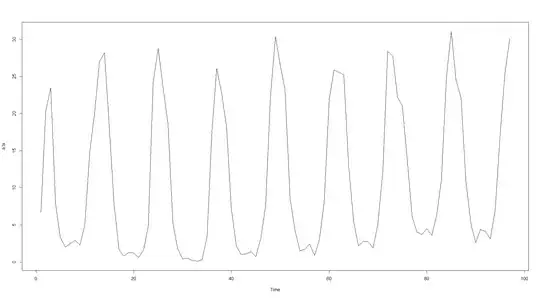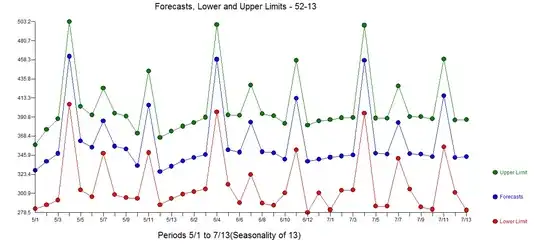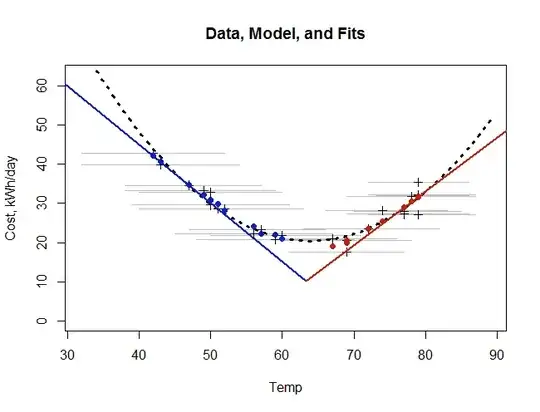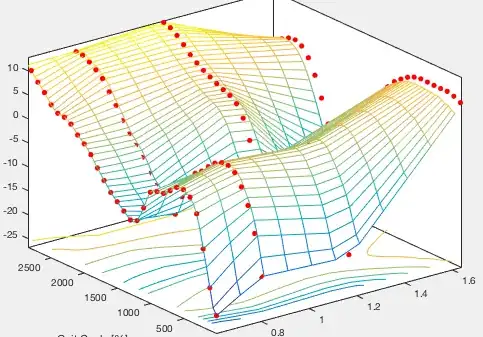According to the auto-correlation method, my time-series is white noise (i.e. 95% of ACF within ±2/√T), yet the data are counts and thus the mean >0.
Are these two facts incompatible?
I'm using the fpp package in R. Here are my data:
library(dplyr)
library(fpp)
rawdata <- c(414,334,439,385,341,338,365,330,403,321,352,339,270,410,372,332,368,377,392,452,410,411,332,329,422,373,457,406,395,510,412,395,472,429,436,342,427,358,372,393,465,422,481,396,374,393,375,366,313,384,294,311)
#and the plot code:
rawdata%>% ts(frequency=13) %>%
ggAcf()






